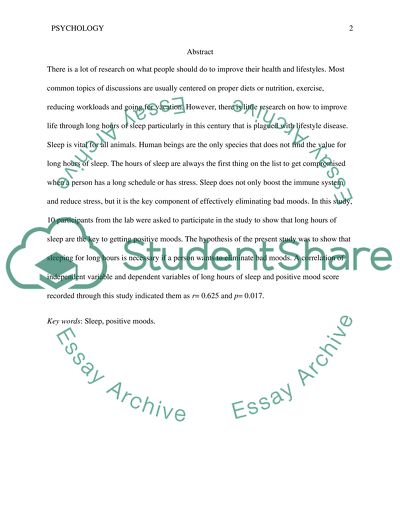Cite this document
(“Long Sleep Time will let people have good mood Research Paper”, n.d.)
Long Sleep Time will let people have good mood Research Paper. Retrieved from https://studentshare.org/psychology/1669541-long-sleep-time-will-let-people-have-good-mood
Long Sleep Time will let people have good mood Research Paper. Retrieved from https://studentshare.org/psychology/1669541-long-sleep-time-will-let-people-have-good-mood
(Long Sleep Time Will Let People Have Good Mood Research Paper)
Long Sleep Time Will Let People Have Good Mood Research Paper. https://studentshare.org/psychology/1669541-long-sleep-time-will-let-people-have-good-mood.
Long Sleep Time Will Let People Have Good Mood Research Paper. https://studentshare.org/psychology/1669541-long-sleep-time-will-let-people-have-good-mood.
“Long Sleep Time Will Let People Have Good Mood Research Paper”, n.d. https://studentshare.org/psychology/1669541-long-sleep-time-will-let-people-have-good-mood.


